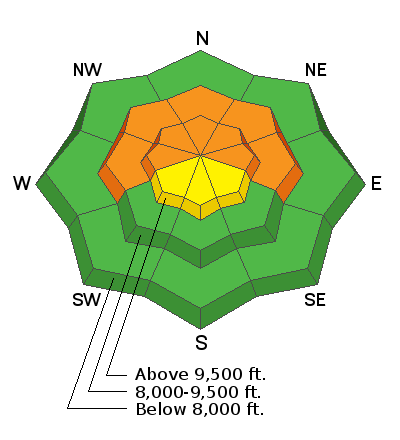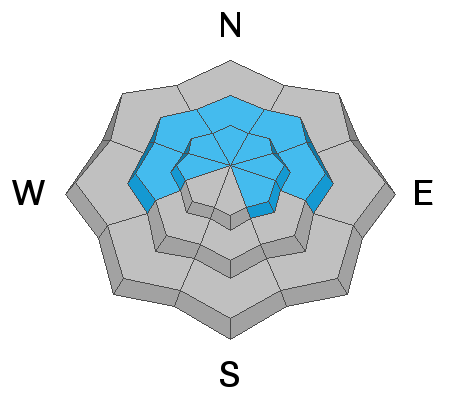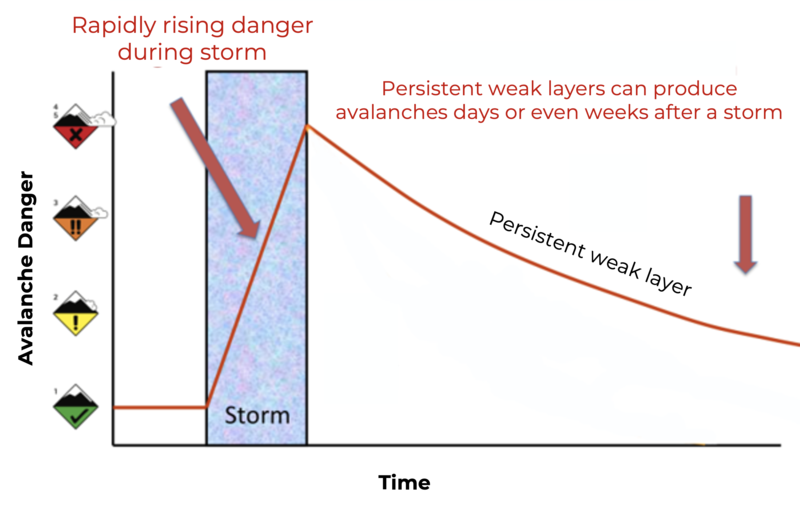Forecast for the Provo Area Mountains

Issued by Nikki Champion on
Monday morning, January 11, 2021
Monday morning, January 11, 2021
There is a CONSIDERABLE AVALANCHE DANGER on steep mid and upper elevation slopes facing west, through the north, through east where recent storm snow and winds have created a dense slab of snow on top of a buried persistent weak layer. We are seeing the most widespread instability of this layer above 8880', which is the upper reaches of our mid-elevation band and the entire upper elevation band.
Avalanches may be 2-3' deep and over 200' wide. These are dangerous avalanche conditions - avoid being on, underneath, or adjacent to steep slopes on these aspects and elevations where human-triggered avalanches are likely.
Avalanches may be 2-3' deep and over 200' wide. These are dangerous avalanche conditions - avoid being on, underneath, or adjacent to steep slopes on these aspects and elevations where human-triggered avalanches are likely.
If you are exiting a resort boundary and entering the backcountry, you are likely stepping into a CONSIDERABLE AVALANCHE DANGER where dangerous avalanches can be triggered.

Low
Moderate
Considerable
High
Extreme
Learn how to read the forecast here









